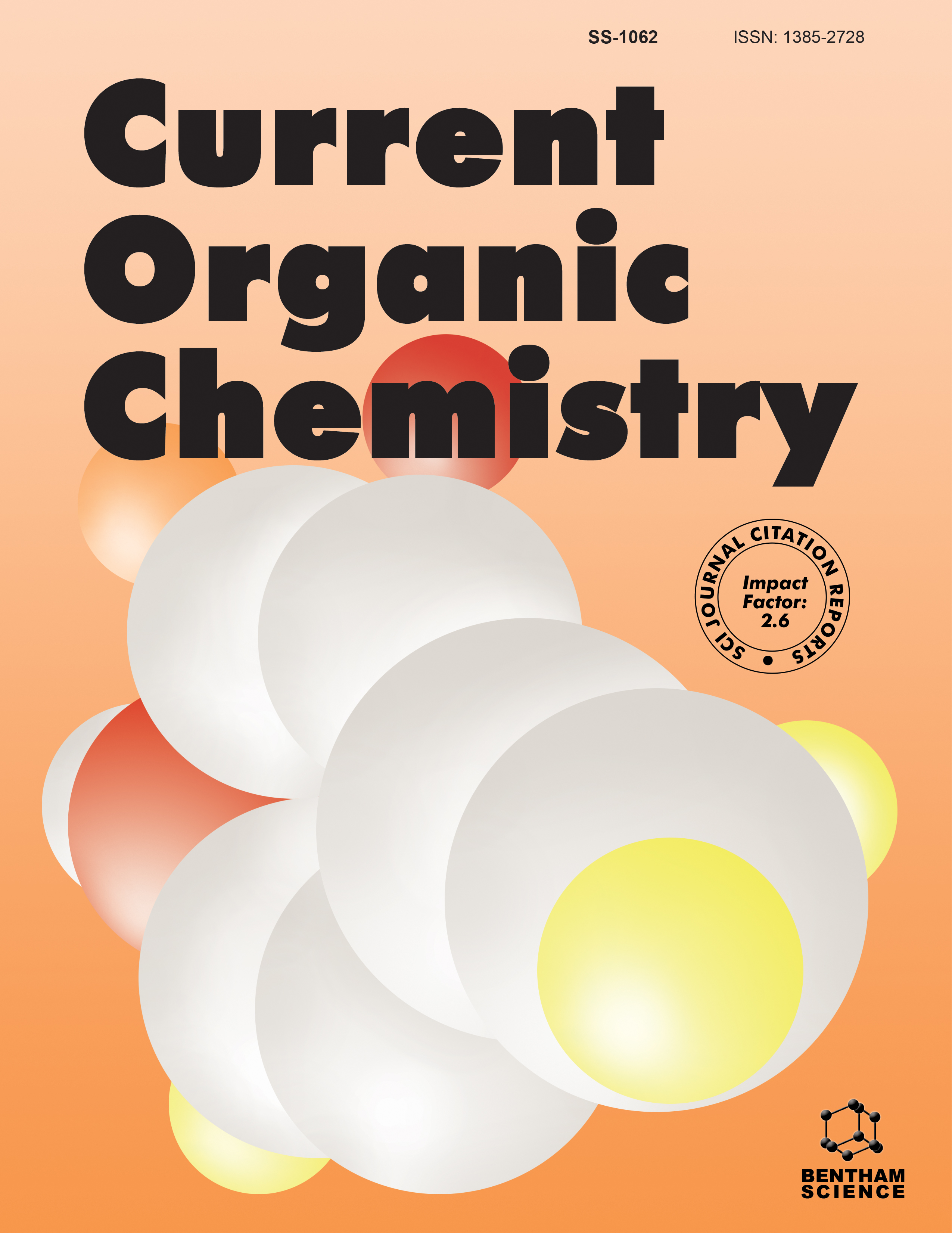
Full text loading...
We use cookies to track usage and preferences.I Understand
The synthesis of a novel family selenazolo[3,2-a]pyridin-4-ium derivatives in high yields was developed based on the annulation reactions of 2-pyridineselenenyl chloride with unsaturated heteroatom and heterocyclic compounds. The analogous new thiazolo[3,2-a]pyridin-4-ium derivatives were obtained by the annulation reactions of 2-pyridinesulfenyl chloride. The reactions with vinylic ethers and N-vinylimidazole gave 3-substituted selenazolo[3,2-a]- and -[1,3]thiazolopyridin-4-ium derivatives, whereas reactions with allyl alcohol, allyl chloride, allyl bromide, 3-butenoic, 4-pentenoic and 5-hexenoic acids occurred with the opposite regiochemistry, affording 2-substituted [1,3]chalcogenazolo[3,2-a]pyridiniums. The antibacterial activity of the obtained products against gram-positive and gram-negative bacteria was evaluated, and compounds with high activity were discovered. A comparison of the antibacterial properties of [1,3]selenazolo[3,2-a]pyridin-4-ium derivatives with their sulfur analogs shows a higher activity of the selenium compounds.

Article metrics loading...

Full text loading...
References


Data & Media loading...
Supplements

